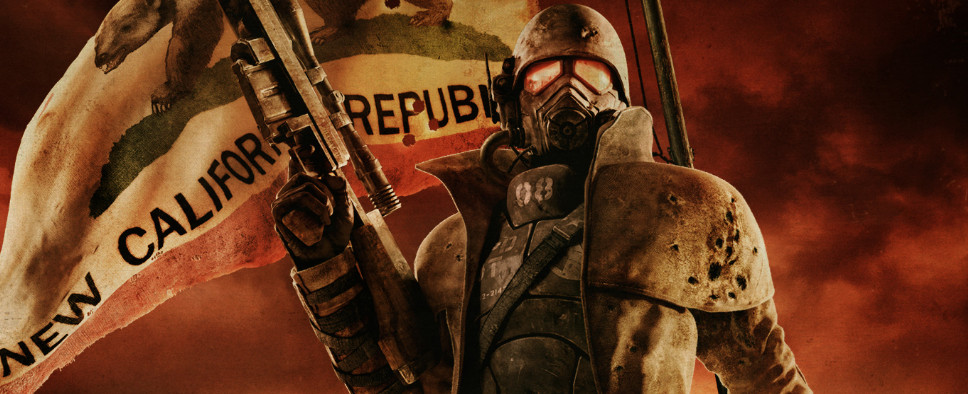Fallout: New Vegas Retrospective Interview
-
Category: News ArchiveHits: 2493

A whole decade ago, Obsidian Entertainment released Fallout: New Vegas, a follow-up to Bethesda’s Fallout 3 that acted as a bit of a return to form for the venerable series. And if you wouldn’t mind celebrating the game’s tenth birthday with some nostalgia, you might want to check out this Gamasutra interview with Obsidian’s CEO Feargus Urquhart that originally took place not long after the game’s launch.
Here’s an excerpt to get you started:
I remember back when Fallout 3 was in development, I was talking to [Bethesda Game Studios game director] Todd Howard and he said, "We're all fans of Fallout; we all played those games," but he said they made a decision that, between Fallout 1 and 2, they were going to follow up on Fallout 1, and not so much on 2. What is the significance of that decision to you?
FU: Right. You know, it's funny, because I remember that as well. There are some distinct opinions that people have about Fallout 1 versus Fallout 2. My role on the project was a little bit different.
One of the reasons I ask is because I generally associate Obsidian more with the Fallout 2 team.
FU: Yes. Well, really, most of the people, if they worked on Fallout 2 they worked on Fallout 1. Most of us actually kind of worked on both. For example, Scott Everts is actually working on Fallout: New Vegas and laying a lot of the areas. He laid out every single level in Fallout and probably 50 or 60 percent of them in Fallout 2.
It's true that when I think back, a lot of people will characterize Fallout 1 and Fallout 2 as being so different in a lot of ways. We made some decisions to have them be different, but to us they weren't as different as a lot of people make them out. We had some technical problems when Fallout 2 released, and that clouded a lot of things.
But it's interesting. I don't know if it's 50/50 or what, but I get very distinct people who come up and say they like one more than the other. From a vibe perspective, Fallout 1 was more directed. It was nonlinear, but you had more of a straight shot. It wasn't as big or as complicated as Fallout 2. I haven't actually ever talked to Todd Howard about it, but I wonder if that's more what they were trying to go with.

